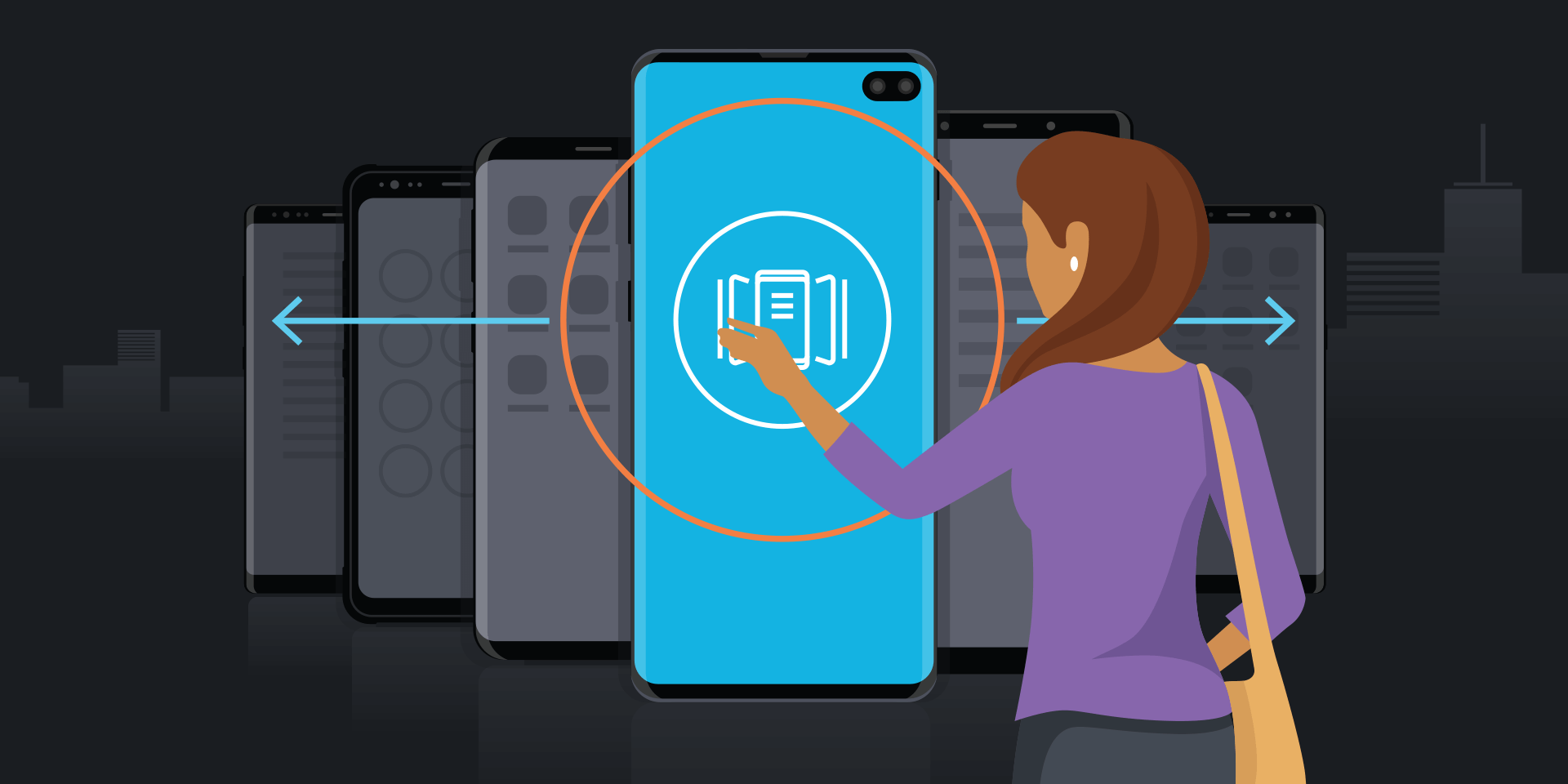The architecture behind 5G introduces some groundbreaking innovations. One network process that stands out is called “network slicing,” which allows for specific types of network traffic to be carved out — or sliced — to match different use cases. Depending on the customer requirement, network traffic can be tailored to each use case, whether it’s consumer, enterprise, public safety or internet of things (IoT).
A Slice of Connectivity for Every Need
With slicing, wireless providers can divide mobile bandwidth like a pie: one slice for consumer-centric applications like video streaming, social media and nonrealtime data; another slice for public safety applications like high-quality AR/VR for first responders; and yet another slice for high-end machine-to-machine (M2M) use cases for IoT services requiring extended coverage and low bandwidth and reduced power consumption.
Depending on the applications and requirements, 5G smartphones and other devices, applications and services will leverage different slices. For instance, in a healthcare scenario, telehealth providers could deploy a smartphone app that leverages a slice for private health data collection — like continuous glucose monitoring for diabetes patients, or heart rate monitoring for those with arrhythmia. The slice tied to the app would offer greater consumer protection and also provide quality of service (QoS) for the app as it collects data for the doctor/practitioner and patient.
What's the Best Phone for Your Business?
Discover the smartphone most tailored to your business needs. Download Now
In another use case, an augmented reality (AR) application used to scan a public safety officer’s environment could tap into one slice supporting low latency and high bandwidth, while regular updates on the officer’s movements, location and vitals could be pushed over another, low-energy slice.
Benefits Beyond Efficiency
Without getting too technical, network slicing uses dedicated sets of virtual and physical network resources allocated end-to-end. Network slices must meet a stringent requirement to ensure service level agreements for QoS are met for every service operating within a slice, taking all available network resources and capabilities into consideration. Every slice instance must also ensure appropriate allocation, isolation and optimization of resources, and must be orchestrated across physical and virtual domains as well as different parts of the mobile network.
While network slicing is theoretically possible with 4G through network upgrades, it will be core to 5G rollouts and will begin delivering tangible benefits.
Independent security expert, Rod Soto, has studied the intricacies of 5G and suggests that network slicing is fundamental for 5G deployment as it empowers mobile traffic to be isolated and segmented. Soto suggests we think of network slicing like pipes within pipes.
“Imagine network slices as layers of virtual networks within virtual pipes that provide services through the major connectivity backbones,” he said. Not only can slicing improve upon network efficiency available with 4G LTE, but it provides an additional layer of security critical for many use cases.
“Slicing makes it easier to deploy and manage applications from providers to customers,” he said. “If this can be applied with a high level of security where these services and applications are isolated and protected from attacks, enterprises can now develop new services and applications not possible in the past.”
A Win-Win-Win for Telecoms, Consumers and the Enterprise
According to forecasts provided by ABI Research, network slicing is on the verge of creating approximately $66 billion in value derived from the burgeoning digital requirements of almost every industry vertical. By creating differentiated service levels that tap into the growth engine of the future, consumers can expect a superior application experience, and the enterprise can improve operational efficiency and security.
Don Alusha, ABI’s senior analyst, predicts that network slicing revenues will surge over the next decade, driven by digital, cloud and security requirements of multiple industry verticals — particularly for manufacturing, logistics and automotive. He also suggests full revenue potential cannot be realized without essential slicing infrastructure from vendors and specific applications delivered by the telecoms.
Any way you slice it, network slicing is a critical tool that will enable limitless possibilities for business, and is essential to the success of 5G.
Learn about the game-changing elements that 5G brings to business, and listen in on a webinar about the IoT and artifical intelligence capabilities that will be enabled by the combination of 5G and smart devices.








